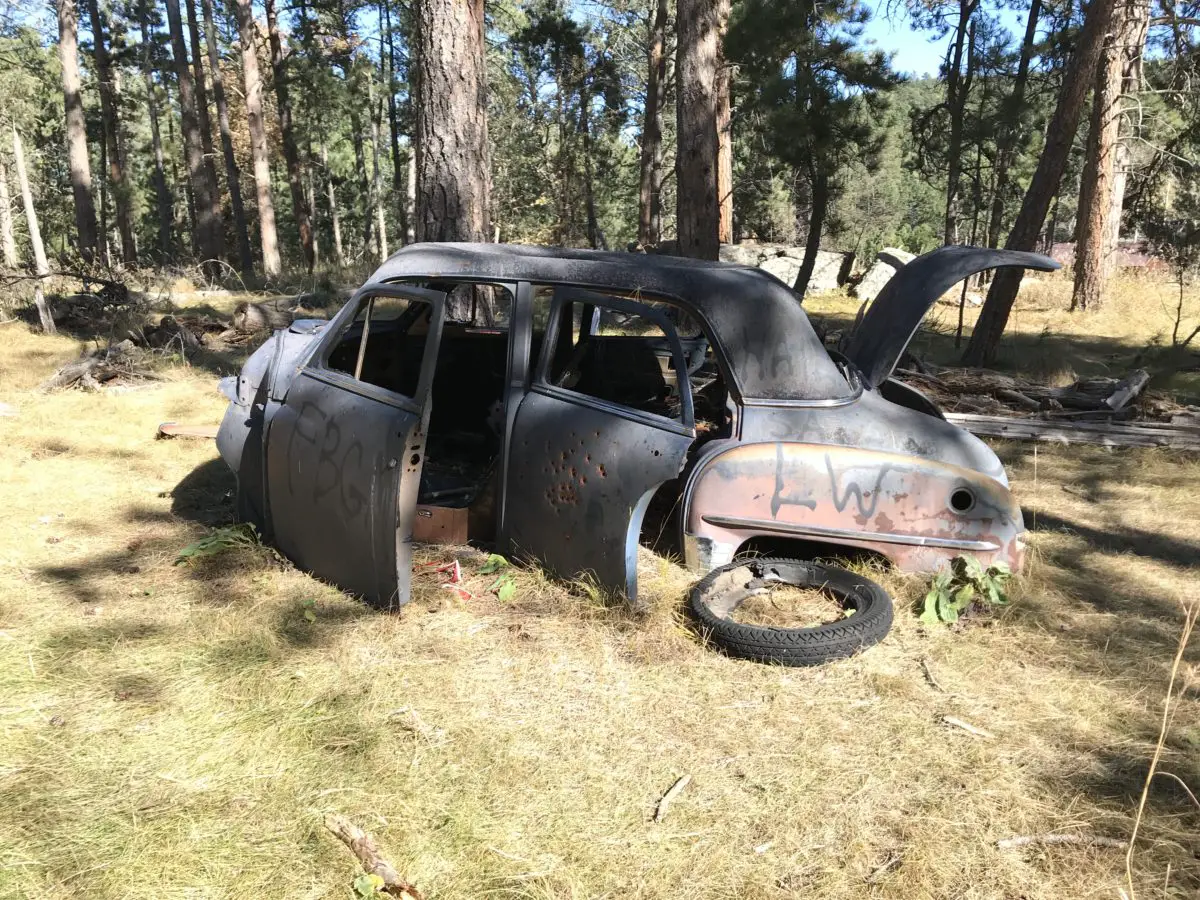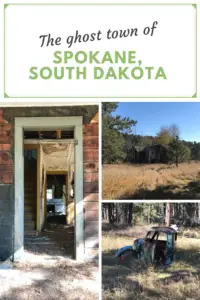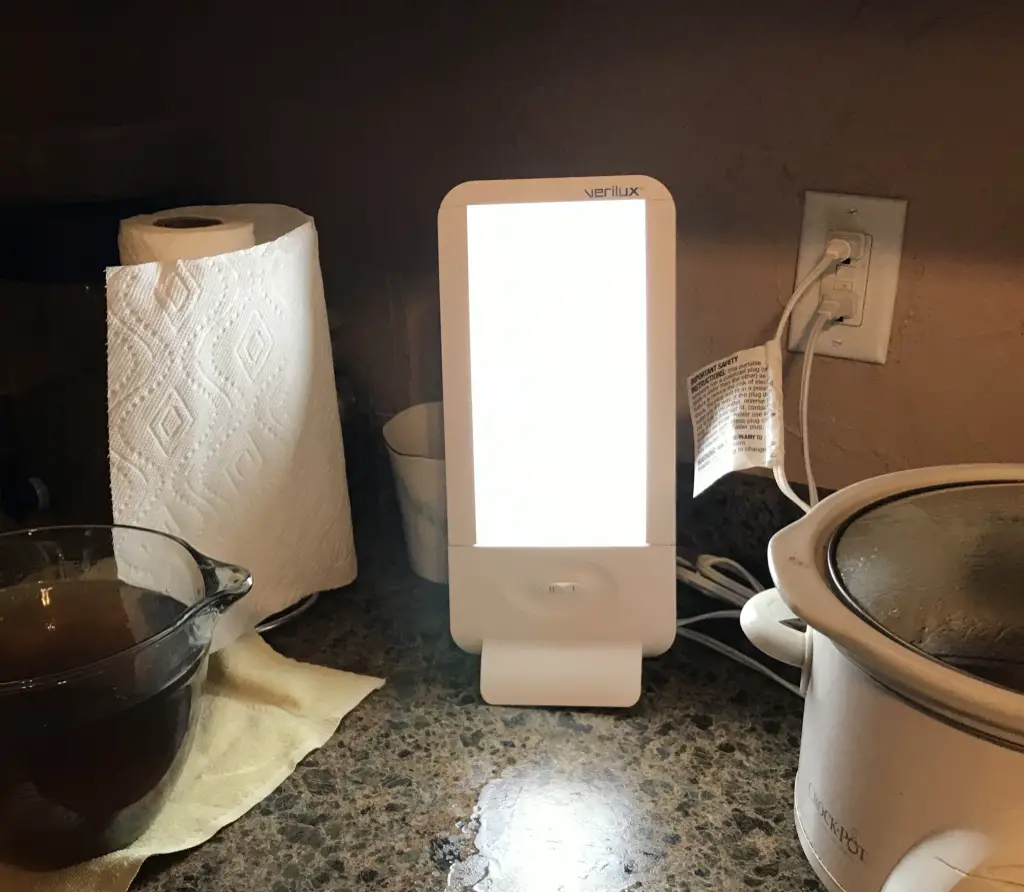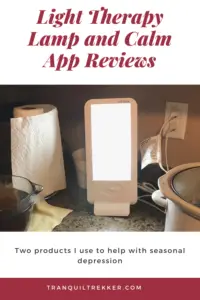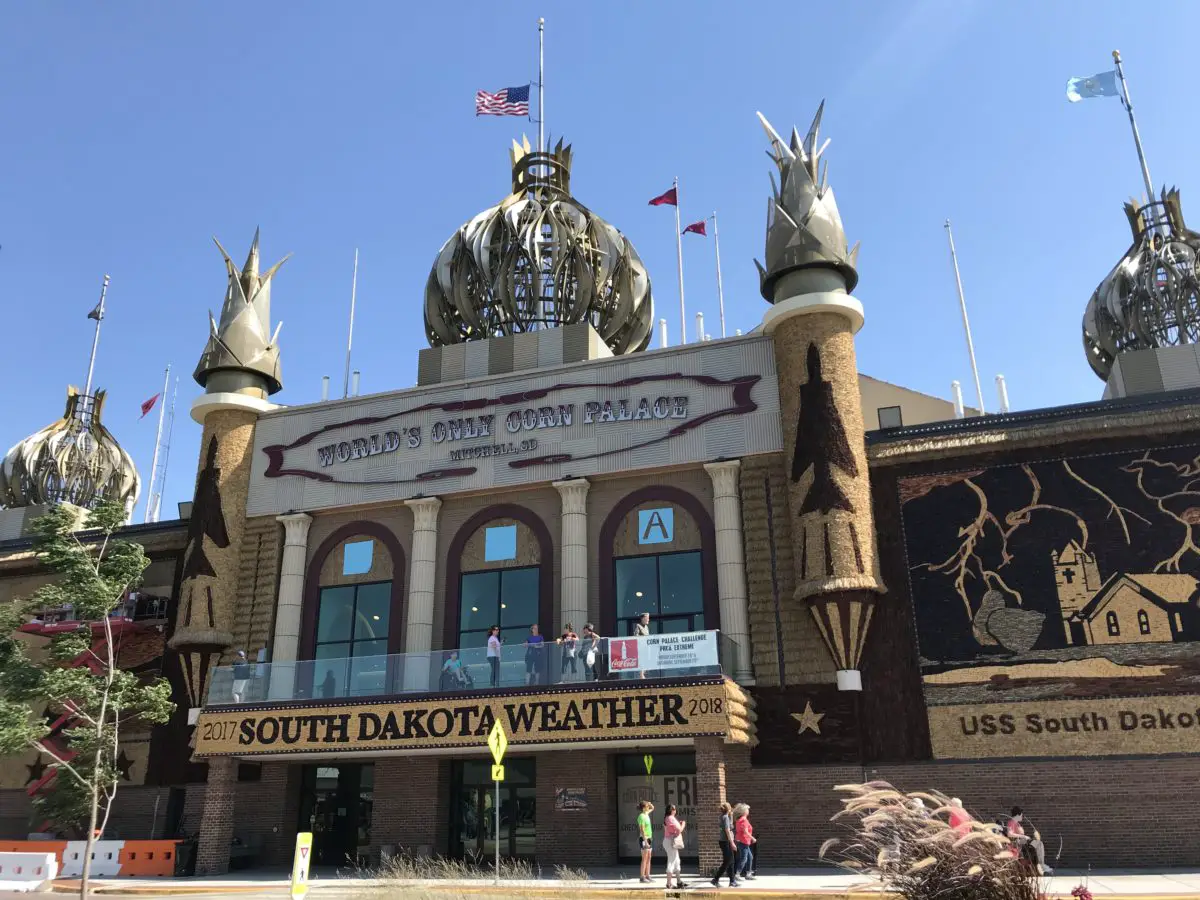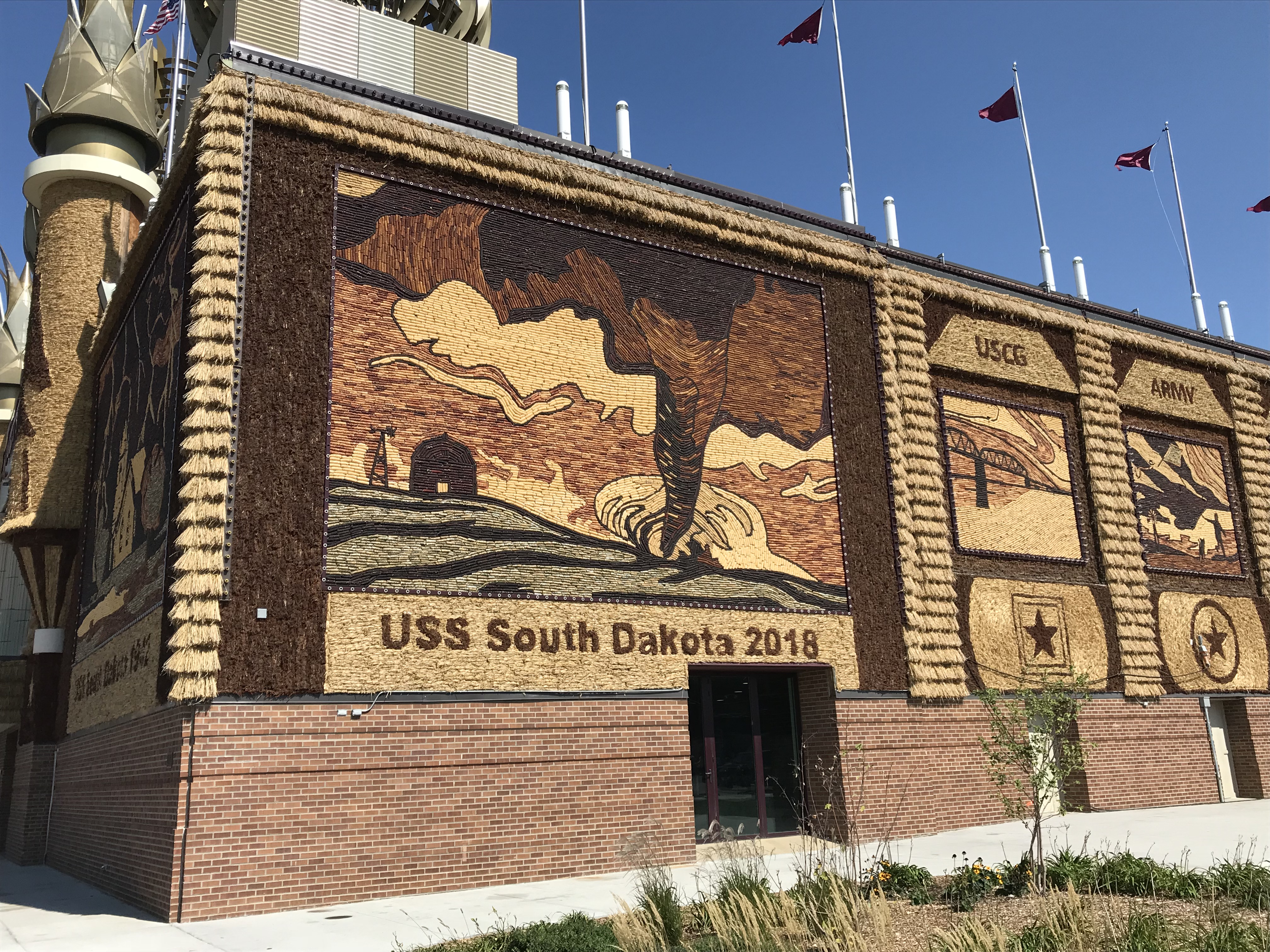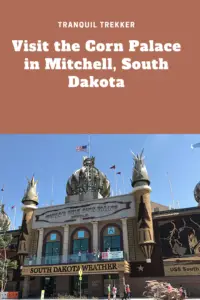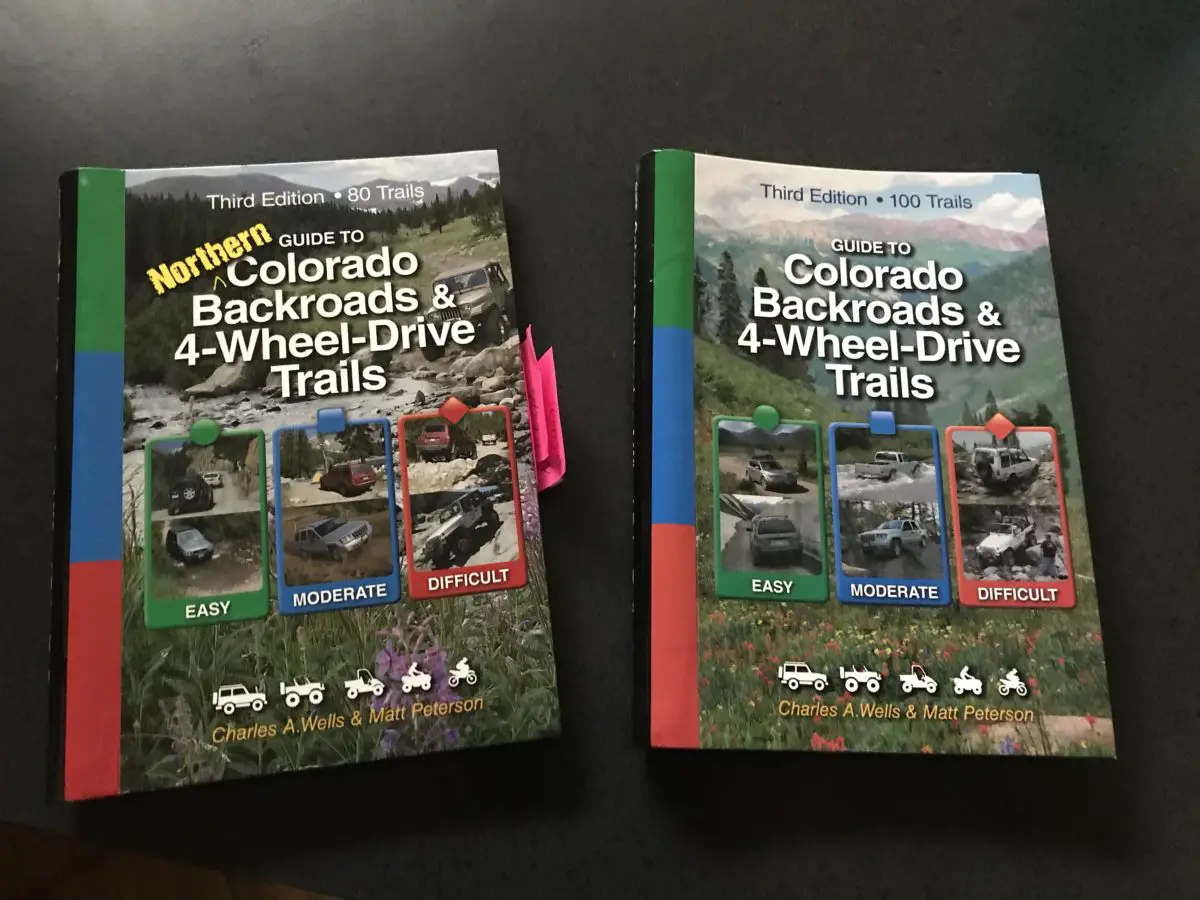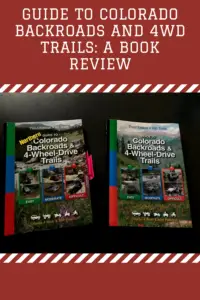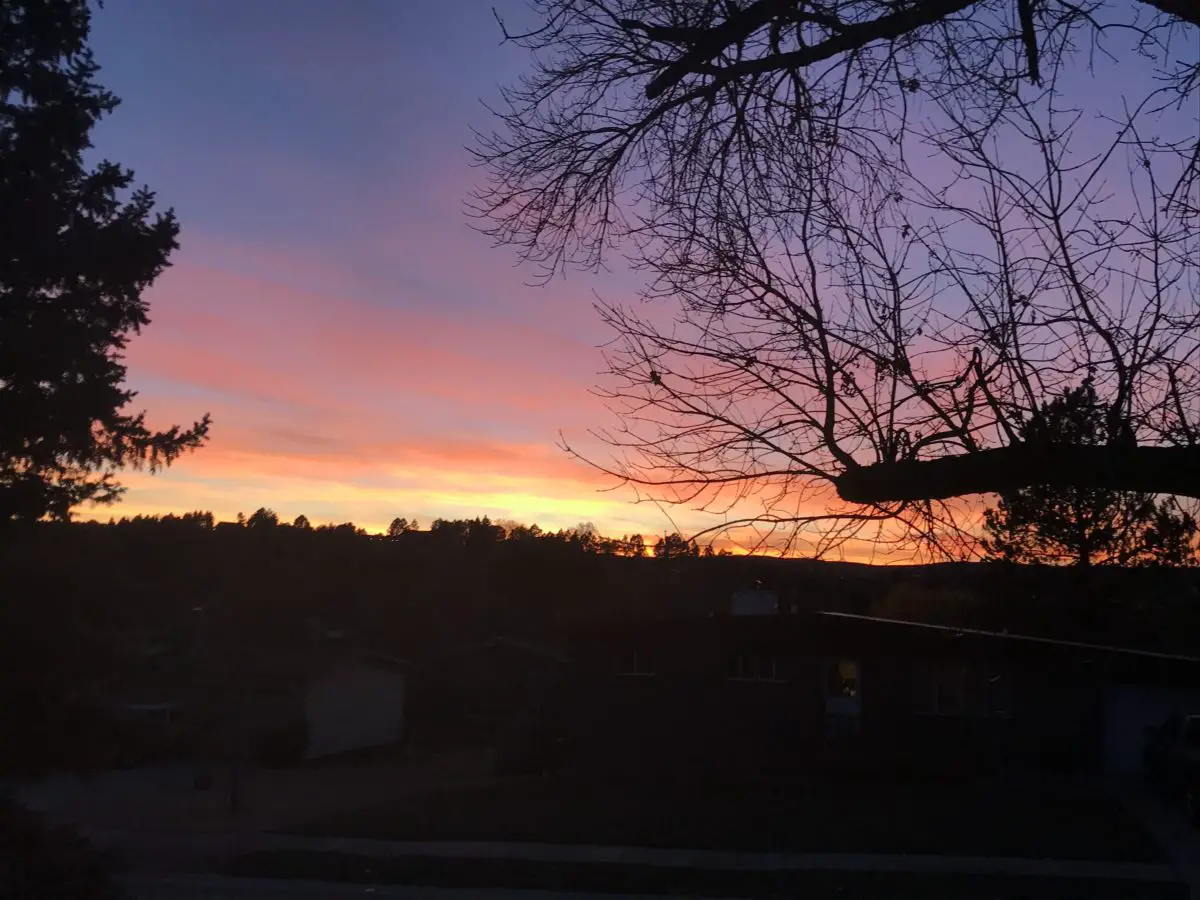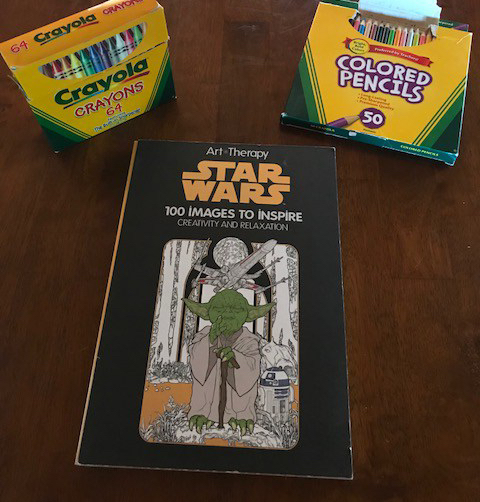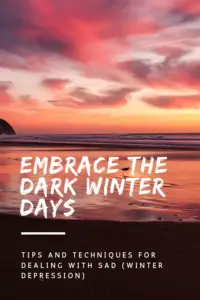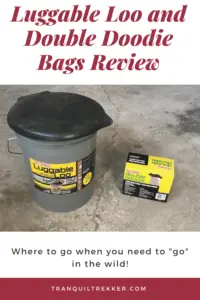There is a really cool, hidden site in the central Black Hills, the ghost town of Spokane, South Dakota! I was surprised how long we lived in the Black Hills before we heard about this location! 😳 (This is likely due to it not being well-publicized, even though it’s very near a major tourist attraction in the local area…)
The site was pretty amazing (it didn’t hurt that the day we visited was GORGEOUS!) I’d encourage you to research the town’s history as it’s pretty interesting. Spokane was an actual town at one point (rather than just a simple mining camp) complete with a schoolhouse and a general store.
While the majority of the buildings have been destroyed by fire and Mother Nature, we think we found the foundation of the old schoolhouse. The only structures still completely standing were a house with some outlying buildings. There is also a root cellar in the main valley and the mine manager’s home still sits on a hill, overlooking the former town that was nestled in the meadow below (or it would overlook the town if there weren’t trees in the way, now. 😉)

Hazards in a Ghost Town
There are always numerous hazards to be VERY cautious of at these sites. Among a few other foundations, metal remnants, and ancient mining equipment, there was also an old well that had been sealed with a cement cover, but this has since been dislodged. While you could see the bottom, a fall of 20 – 50 feet could be deadly, and either way, the rescue operation would be difficult for all involved. (This is another time it’s important to remember you can NOT rely on cell service when in the mountains).
*Let’s talk safety for a bit, shall we? When you visit ruins of old towns, mines, natural caves, etc. safety should be your #1 priority (respect for the site should be a VERY close #2). These buildings can be dangerous. The wood is rotting, most are in the process of falling down. Many have basements/root cellars (that you may not even be aware of). If you fall through the wood into these, you could be seriously injured.
Many of these buildings are also havens for rattlesnakes and other critters who may not appreciate you barging in (a mountain lion could be using a cool, abandoned root cellar as a place to nap.)
Old mines can collapse or cave-ins–even in natural caves–can occur at any time and with little to no warning. I cringe whenever I see pictures of people venturing into abandoned mines. 🤦♀️ So, adventure at your own risk, but, the Trekkers NEVER encourage people to actually venture into any of these structures. They can be enjoyed perfectly well and safely from outside. (You should be watchful even in the outside areas around these old sites. You never know when old holes, sharp metal pieces, or even disgruntled snakes may be camouflaged by the tall grass that often surround the structures.)
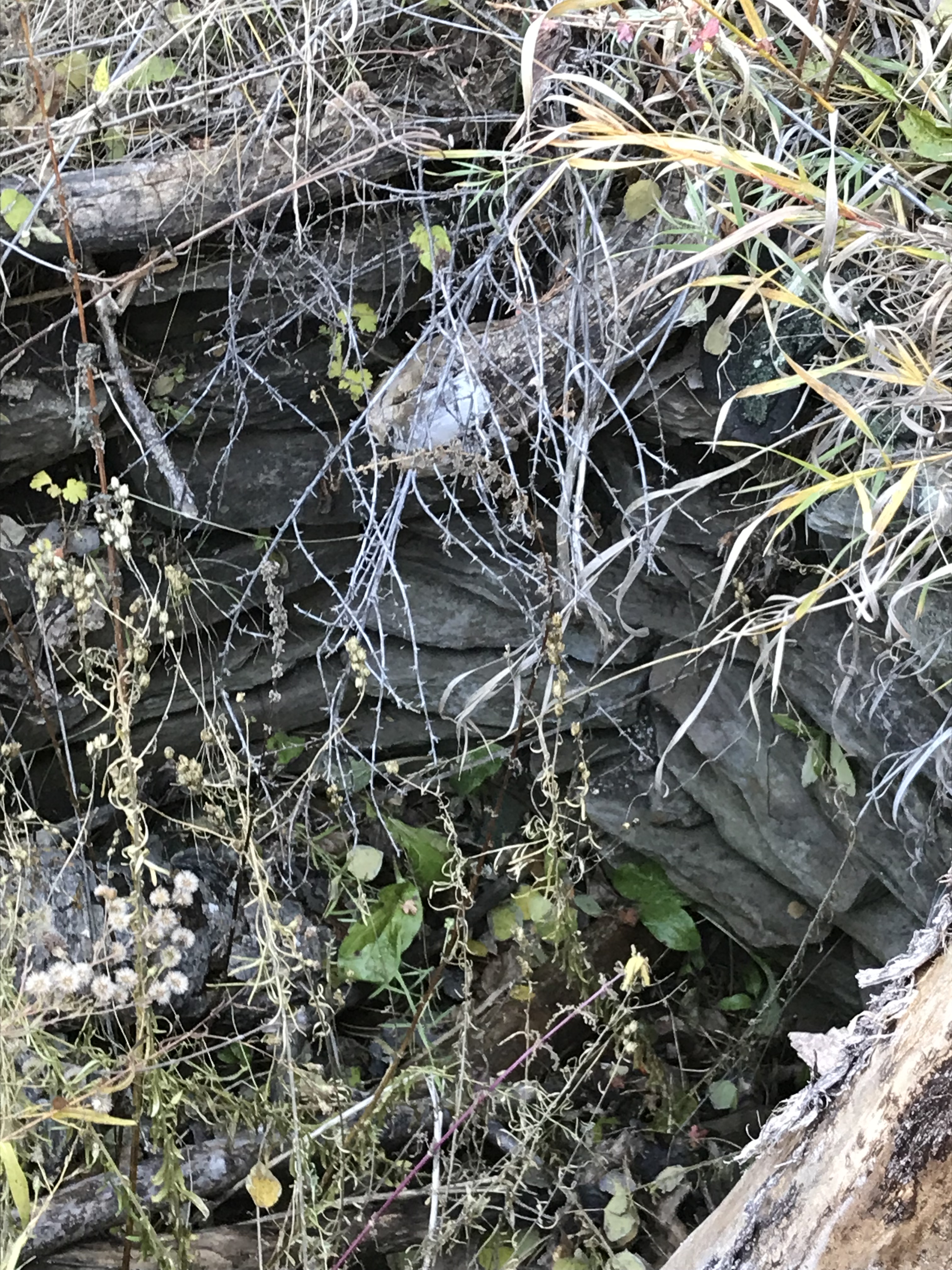
Unique sites in Spokane, South Dakota
One unique aspect of this ghost town (at least compared to others the Trekkers have visited) is the presence of old cars! Most of the towns we’ve toured had heydays in the late 1800s when horse and cart were the primary source of travel. This town hit it’s prime in the 1920s (and wasn’t abandoned until the 1940s) so the unusual site of motor vehicles and evidence of electrical wiring on the buildings felt out of place.
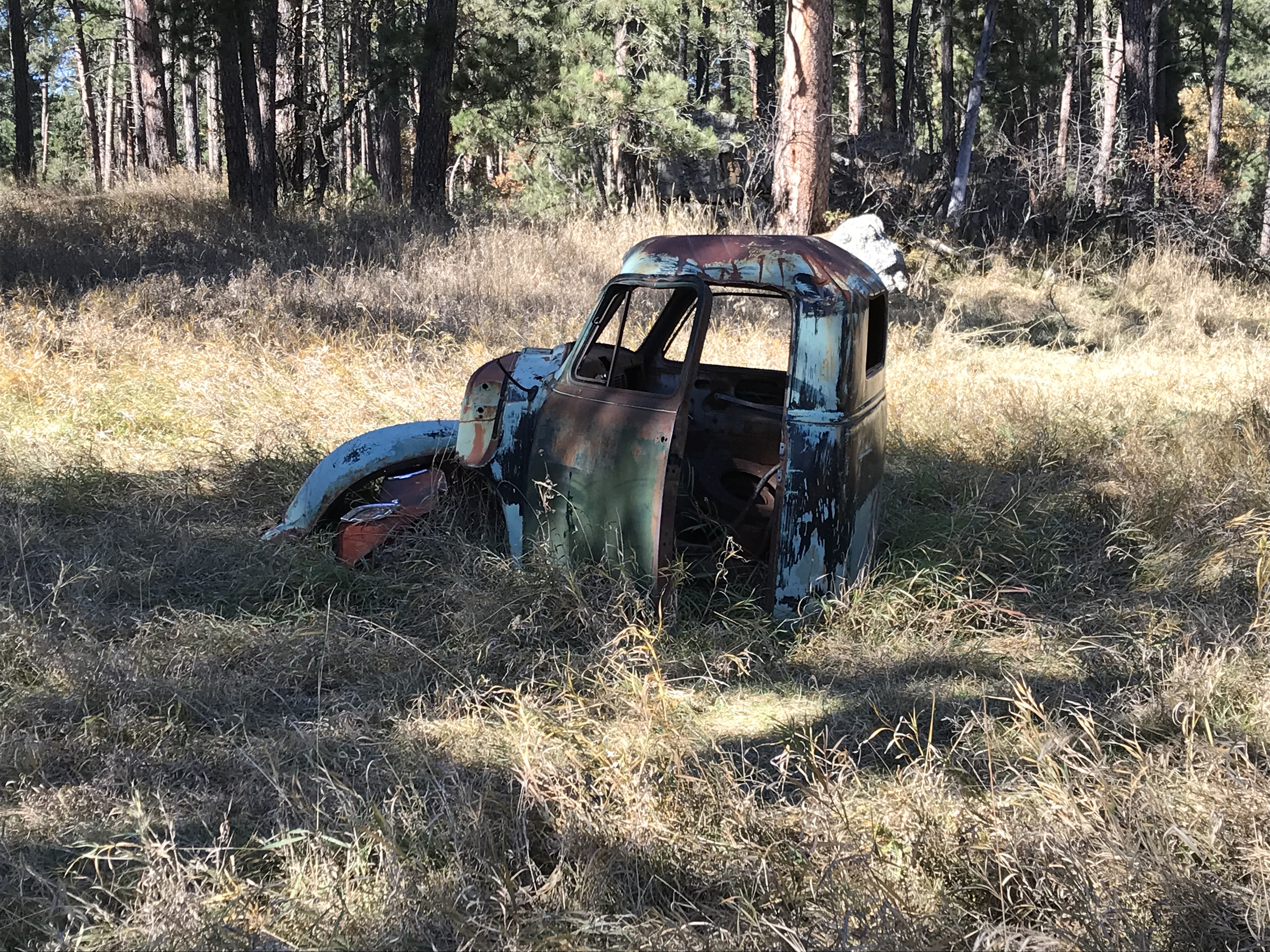
Where is the Spokane ghost town?
In order to help preserve the integrity of the site, I’m not going to give the exact directions to this location–other than what is already available with a simple Google search. I will give a few hints though:
-
-
- It’s near Custer State Park (VERY, near). You can reach the site using Playhouse Road and/or Iron Mountain Road.
- There are two entrances to the site. The main entrance, described in Google, requires a half-mile (or so) walk up a steep, rocky, abandoned forest road to reach the valley. We–somewhat accidentally–stumbled on the back entrance with an easy walk of only about 1/8th of a mile to reach the meadow.
- The rest of the discovery is up to you (as I said, Google is your friend!)Author’s Note: In recent years the site has become more popular. Unfortunately, that means it’s also been vandalized–it’s too bad there are a few jerks out there who insist on ruining the fun for everyone–Some barriers have been erected in recent years to help keep people away from the buildings to hopefully help mitigate the damage. If you want clearer instructions on how to reach the site, you may contact me via social media as indicated below, or by using my contact form, and I may be able to help you a little more. (I won’t give precise instructions–that ruins the fun!–but I can give a few more helpful hints. 😇)
-
The mood this site created was pretty cool. The sun-dappled trees and forest floor make shadows flit on the ruins. You can almost smell the musky scent of horse, and hear the horses, wagons–and cars?! 😳–that trundled down the rutted, dirt road, as the wind rattles the dry leaves of the aspen trees that border the ramshackle houses.
While visiting the ghost town, why not check out Iron Mountain Road found nearby, as well?
This location would also make for a creepy adventure during the Halloween season! 👻 The site was pretty haunting, between the dilapidated old cars and buildings, you got a sense that this is what a post-apocalyptic society would look like (I may have been watching too much Walking Dead lately.) 😜
Below are some more pics of our adventure (thanks, as usual, to Mr. Trekker for many of these)!

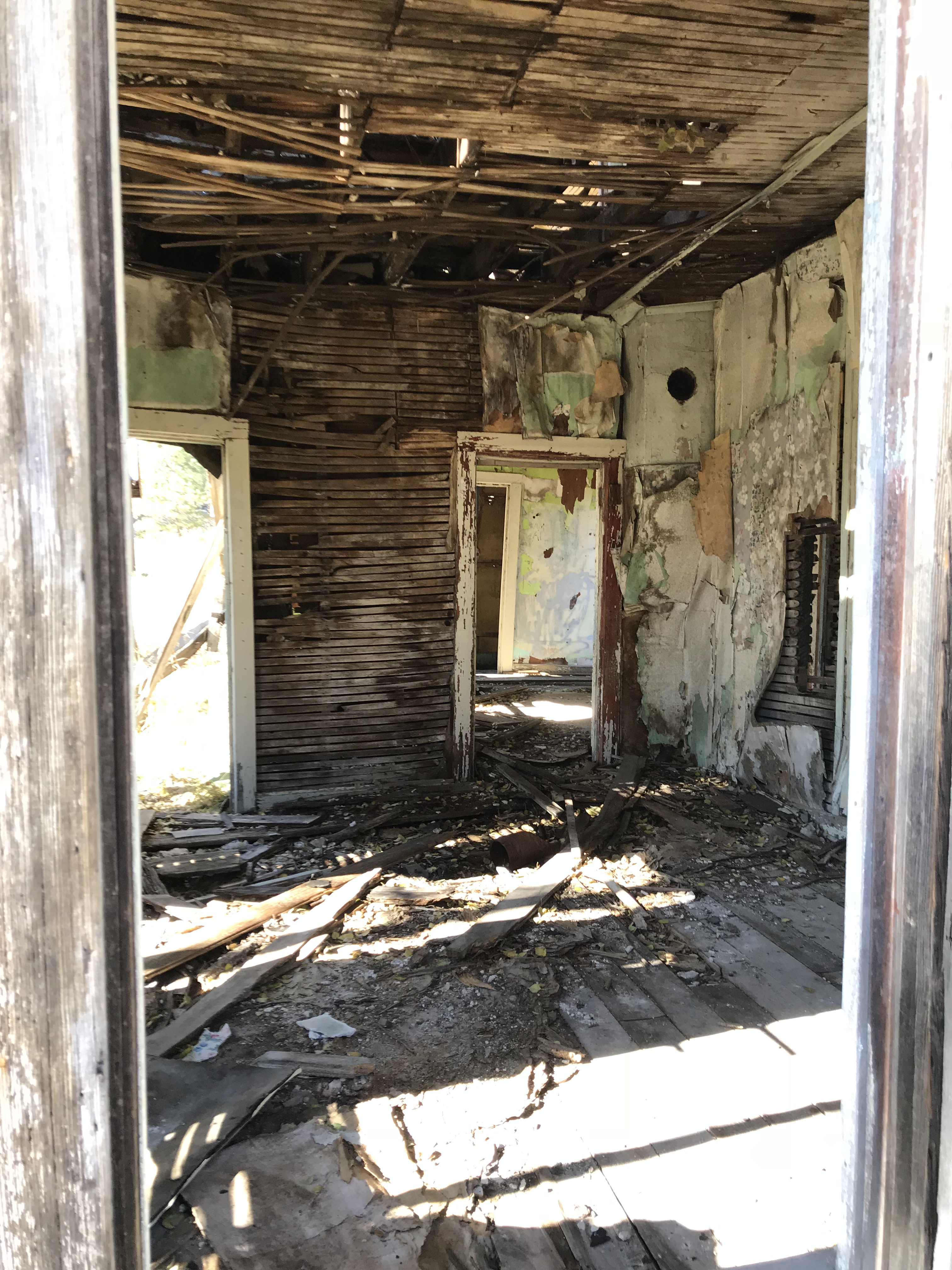




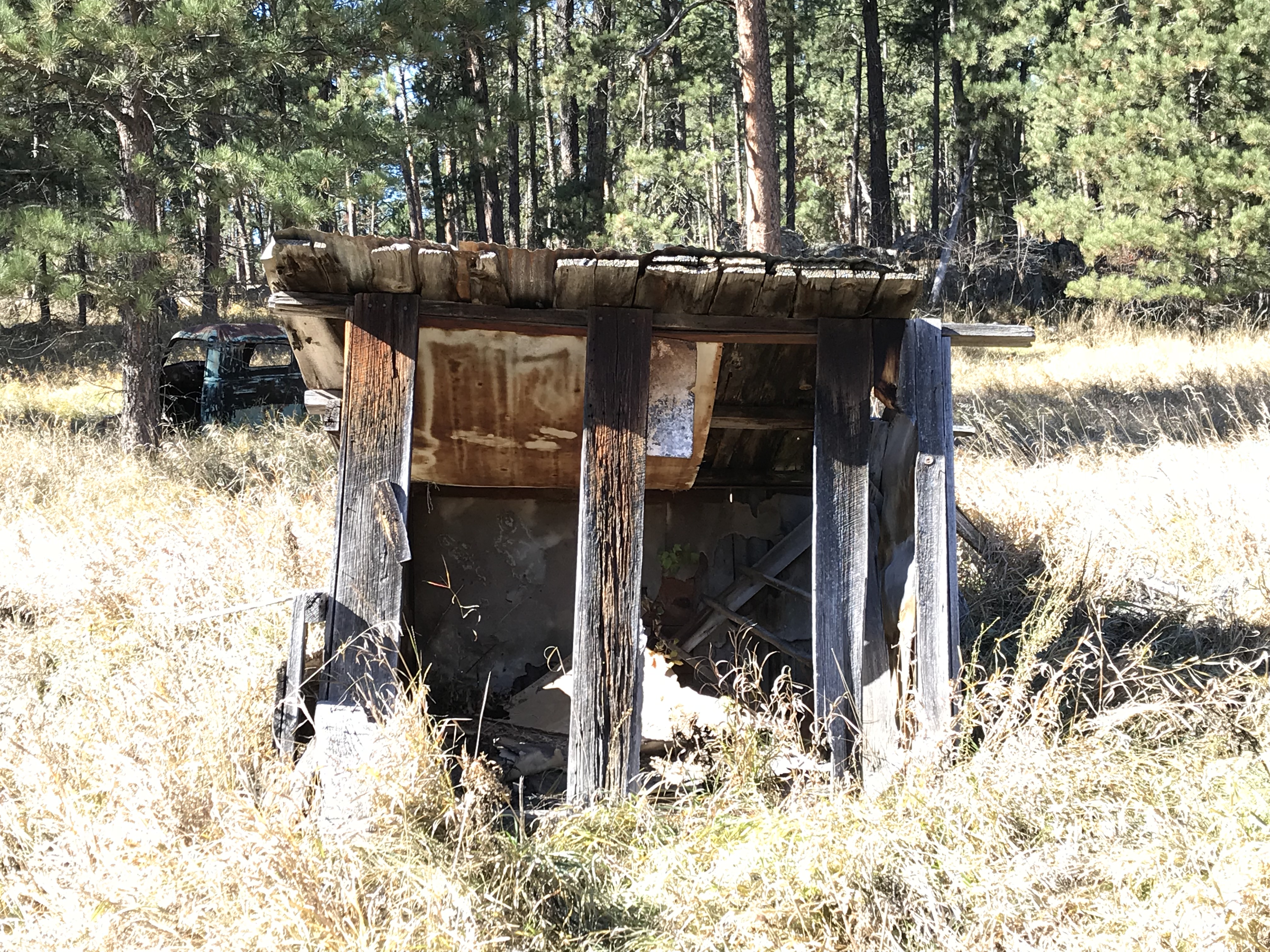

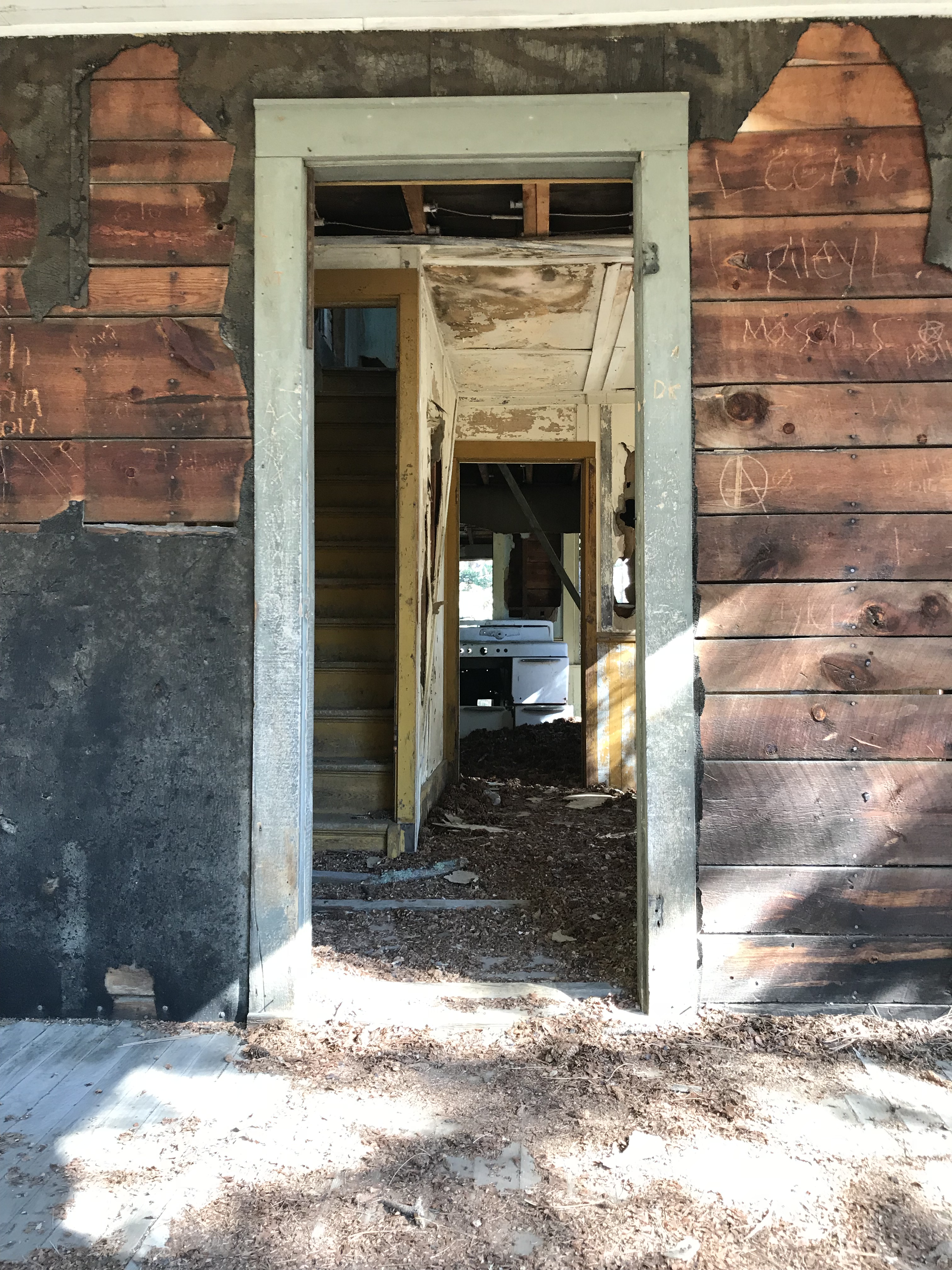
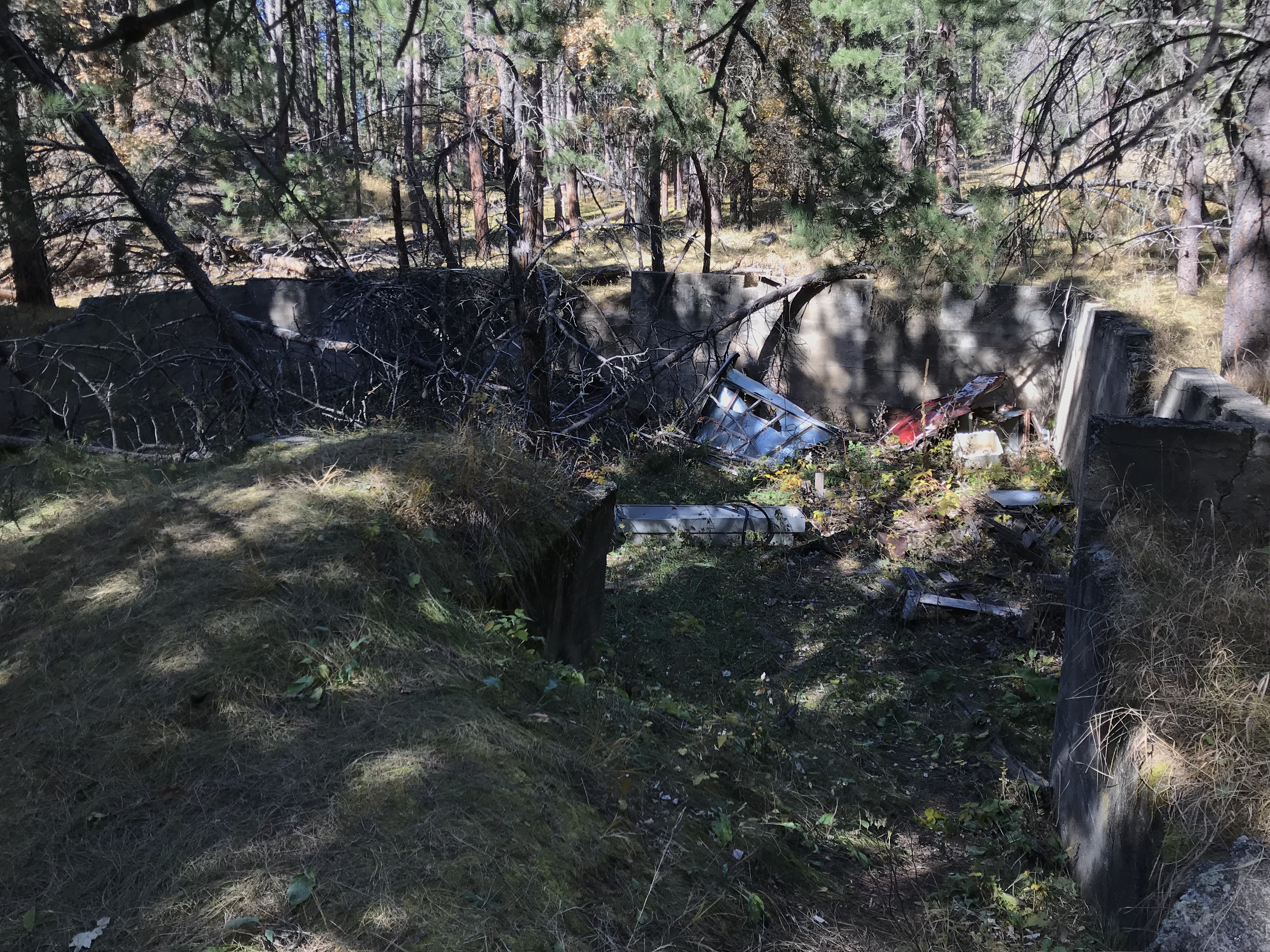
Have you ever visited this unique place? Tell me about it in the comments!
Did you enjoy this post? Pin it!
Like what you read here today? Please feel free to leave a comment, like or share this post! Add your email at the bottom of the page, or the sidebar to the right, to be notified when a new post is published. By signing up for the email list, you will also receive a free copy of the Tranquil Trekker’s Top 10 Tips of Trekking Do’s and Don’ts!
You can also follow the blog on social media by clicking the links below!
